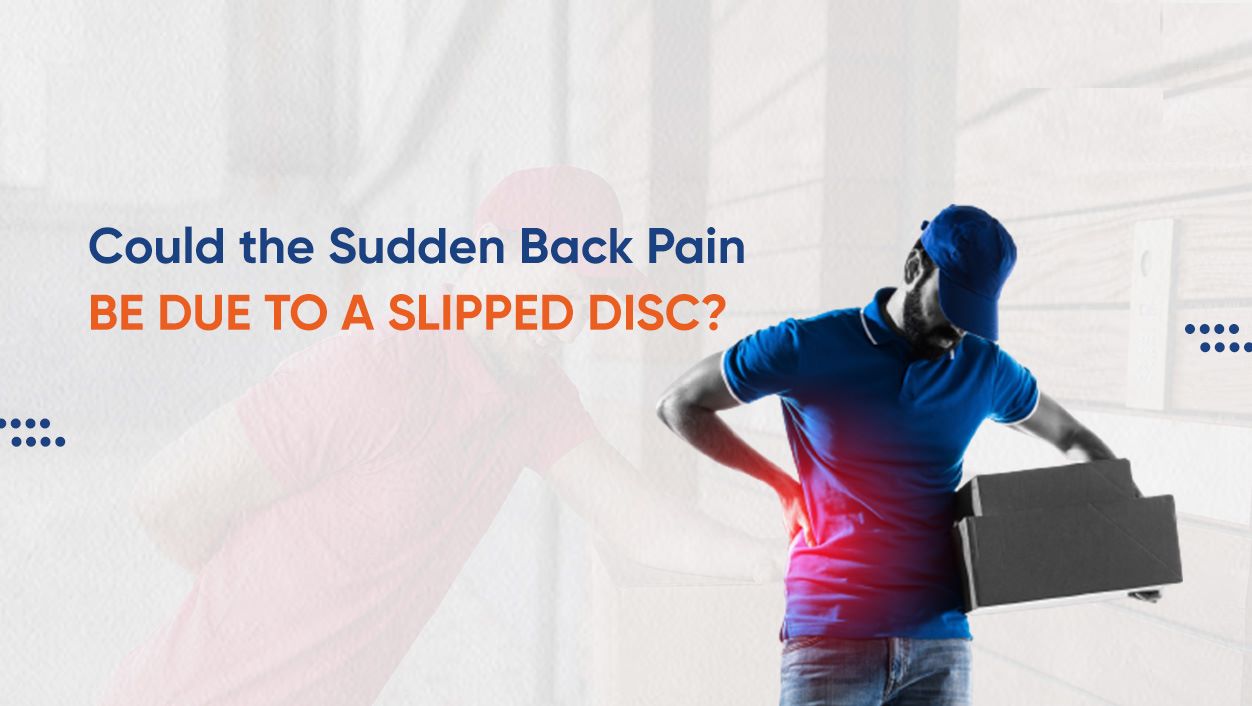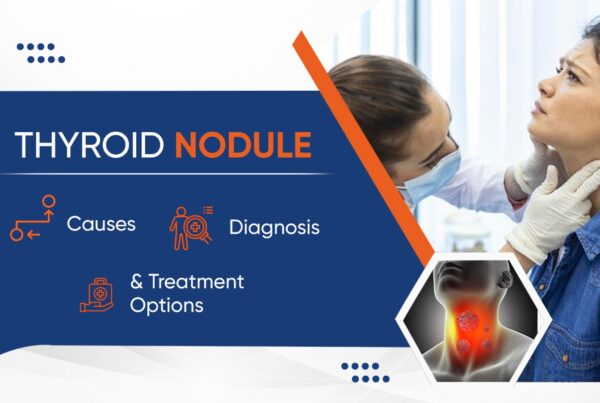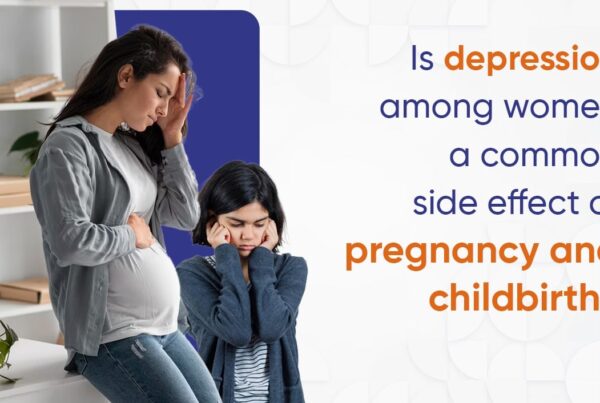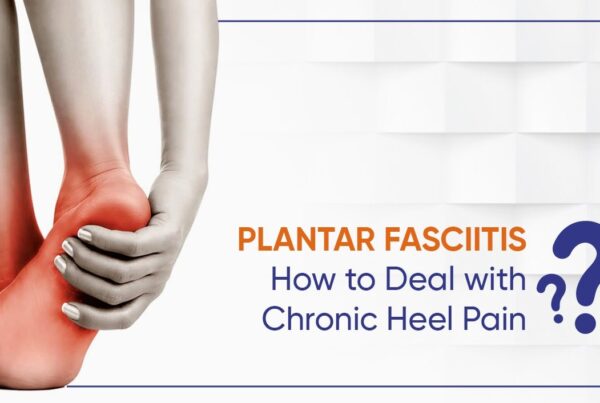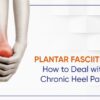When a soft cushion of tissue between the bones of the spine pulls out, causing stiffness and suffering, it is called a slipped disc. When lifting, twisting, or bending, the soft tissues or rubbery discs that cushion the spinal bones offer stability, flexibility, and motion to the spine. Severe strain, an injury, or regular wear and tear, on the other hand, might rupture a spinal disc, resulting in a slipped disc. It is one of the most prevalent causes of back pain in adults, and it typically happens in the lower back. A slipped disc, however painful, usually recovers on its own over time or with merely physical treatment. Making minor lifestyle adjustments can also help to avoid disc ruptures and back discomfort.
Gaining a better understanding of spinal discs and the causes of slipping discs :
The soft, rubbery pads that make up the spinal discs are located between the vertebrae, the tiny bones that make up the spinal column. The most important elements in the spine are the spinal discs. They protect the vertebrae by cushioning them, absorbing shock and stress, and allowing the spine to move freely. The outer ring of a spinal disc is stiff and fibrous, whereas the inner ring is soft and gel-like. When a disc ruptures, the inner lining material between vertebrae herniates . The herniated disc tissue can crush and irritate the nerves in the surrounding region, causing severe discomfort.
Slipped discs are caused by the normal wear and tear of spinal discs that occurs as part of the aging process in the majority of people. Slipped discs can also arise as a result of damage to a spinal disc caused by an accident or major injury, although this is uncommon.
A disc rupture can occur anywhere in the spine, but the lower back and neck are the most commonly affected locations. Depending on where it is, a slipped disc can cause pain in the back, neck, leg, or arm. It may also cause weakness and numbness.
The signs and symptoms of a slipped disc are as follows:
If the slipped disc is not resting on the nerve, there may be no signs at all. If the nerves are affected, however, the following symptoms may occur:
Depending on where the slipped disc is located, you may experience lower back or neck pain.
Pain in the hips, buttocks, or legs might result from a slipped disc in the lower back.
A slipped disc in the neck produces shoulder and arm pain.
On one side of the body, a dull pain
Bending or straightening the back is difficult.
Muscle weakness, impaired ability to lift and carry objects, and inability to walk normally
numbness in the shoulders, arms, hands, back, legs, or feet
Coughing and sneezing, for example, can create acute or searing pain in the arm or leg, as well as trigger abrupt bouts of pain.
How can you tell if a slipped disc is to blame for your back pain?
Back discomfort can have a variety of causes, but pain that spreads down the leg and into the foot could be an indication of a slipped disc. The pain may extend into the arms if the neck is affected. Because the slipped disc presses on the nerves exiting the spine, pain and other signs along the nerve route result. The best way to determine if you have a slipped disc is to have a medical examination.
Slipped discs have a number of risk factors they are
The majority of people with a slipped disc are between the ages of 30 and 50, and men are more likely to be impacted. The following are some of the factors at play.
- Degeneration and weakening of the disc owing to wear and tear, as well as shrinking due to water loss, are all symptoms of aging.
- Excessive strain as a result of vigorous activity
- Lifting big objects incorrectly with back muscles instead of thigh and leg muscles
- The spine twists and turns suddenly.
- Physical inactivity causes the back and abdominal muscles that support the spine to deteriorate.
- Being overweight, which puts a strain on the back.
- Frequent driving entails long periods of sitting.
- Vibrations from a vehicle’s engine or other machinery might exert strain on the spinal discs.
- Smoking has been associated with a reduction in oxygen delivery to the spinal discs, hastening degeneration.
Identifying a slipped disc:
Other causes of similar discomfort, such as fractures, infections, or tumors, must be ruled out. The signs and physical examination are commonly used to identify a slipped disc. Muscle strength, reflexes, and sensibility may all be tested during a neurological examination. Imaging procedures such as Computed Tomography and Magnetic Resonance Imaging scans may be used to determine the exact size and position of the slipped disc as well as the damaged nerves. Nerve tests can also be used to evaluate the function of muscles and nerves as well as to discover injuries.
Slipped disc treatment:
A slipped disc’s symptoms normally go away in less than 6 weeks on their own. If symptoms worsen, conservative treatment options include getting enough rest, eating well, using medications, and getting physical therapy. A heating pad or ice pack applied to the affected area, limiting long periods of bed rest, and progressively resuming activities can all help manage the condition.
In the treatment of slipped discs, physiotherapy is very important. Light exercises, soft tissue massage, and acupuncture are some of the most common therapies for a herniated disc. If these procedures are ineffective, spinal injections or surgery may be necessary.
Conclusion:
Because slipped discs develop over time as a result of poor posture or lifting practices, it’s critical to understand how daily activities affect the spine. Maintaining a healthy weight, maintaining excellent posture, exercising regularly, and stretching will help prevent slipped discs. However, the majority of patients with a slipped disc heal and return to normal activity without surgery.
If you’re experiencing back pain that’s not improving, it’s important to seek medical advice to determine the underlying cause and develop an appropriate treatment plan. Contact us for more information on this topic or to make an appointment.


